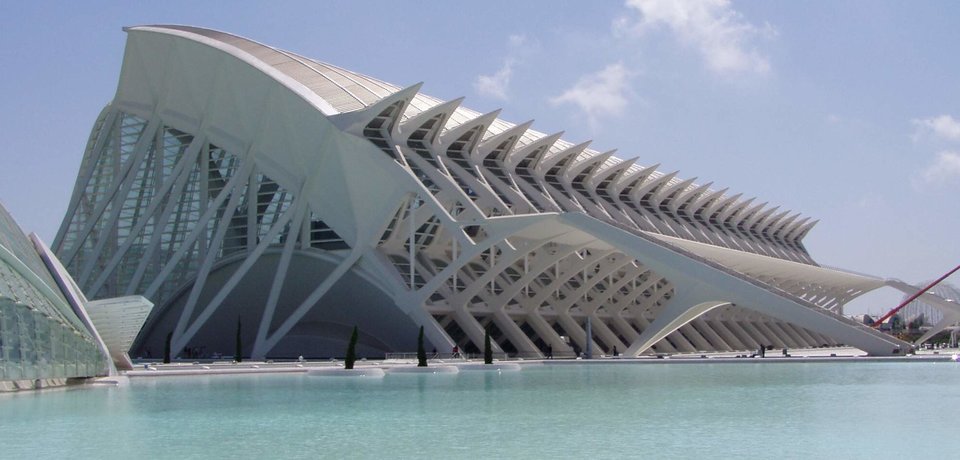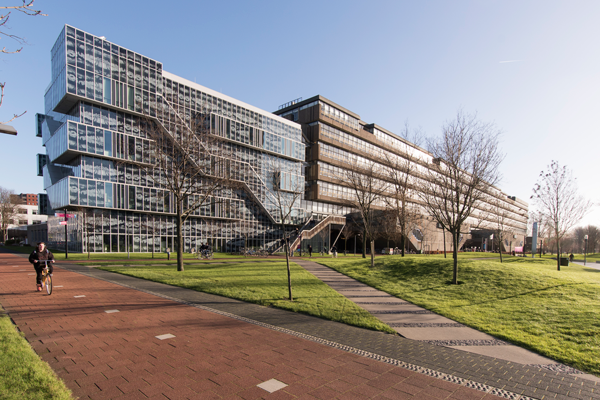Applied Mechanics
In the section Applied Mechanics, research is performed into the analysis of solids and structures relevant to civil engineering. The research mission is to provide mechanics-based tools and solutions to civil engineering challenges. The research work is fundamental and applied in nature, and has a mono-, multi- or transdisciplinary character. The scientific work should keep pace with the highest level in the international scientific community and with the front line of technical innovations and challenges.
Research is conducted on safe, reliable, and climate-change-proof (infra)structure (e.g., houses, historical assets, bridges, quay walls, etc.) by gaining an in-depth understanding of failure mechanisms in structures for multiple hazards (e.g., earthquakes, soil subsidence, impact load). Innovative numerical modelling techniques are developed for novel material systems (e.g., metamaterials) and structures, while development of simplified approaches for engineering practice is also considered. Tiered analytical and computational models have been developed for masonry building response due to ground movements and calibrated against multi-scale laboratory tests. These research activities help authorities make damage forecasts and decisions.
The research is on many topics done in close collaboration with other groups, e.g., machine learning and advanced sensors for material health monitoring to ensure safe and low-maintenance structures, multifunctional structures, heat-absorbing facades, green concrete structures, and low-impact construction technologies for an adaptive and resilient built environment.


